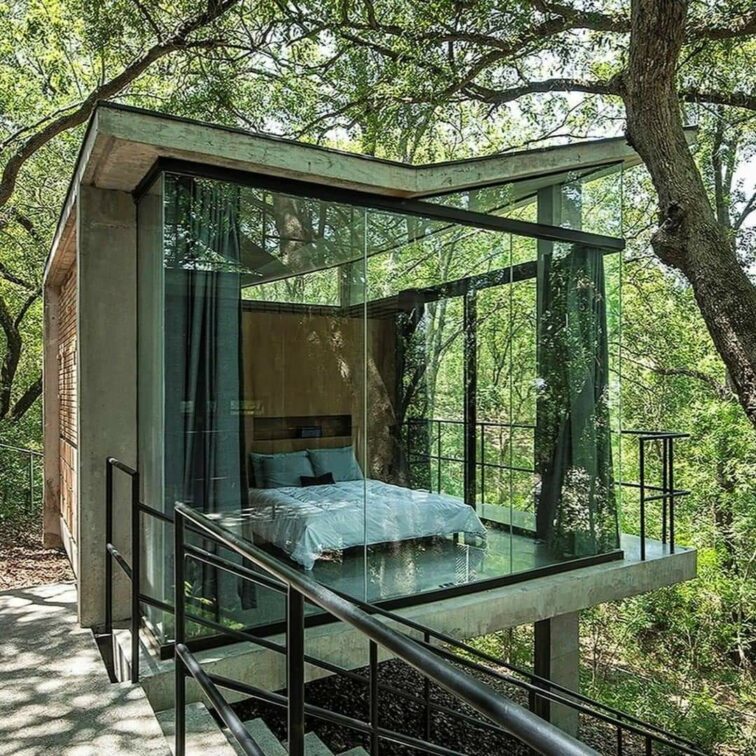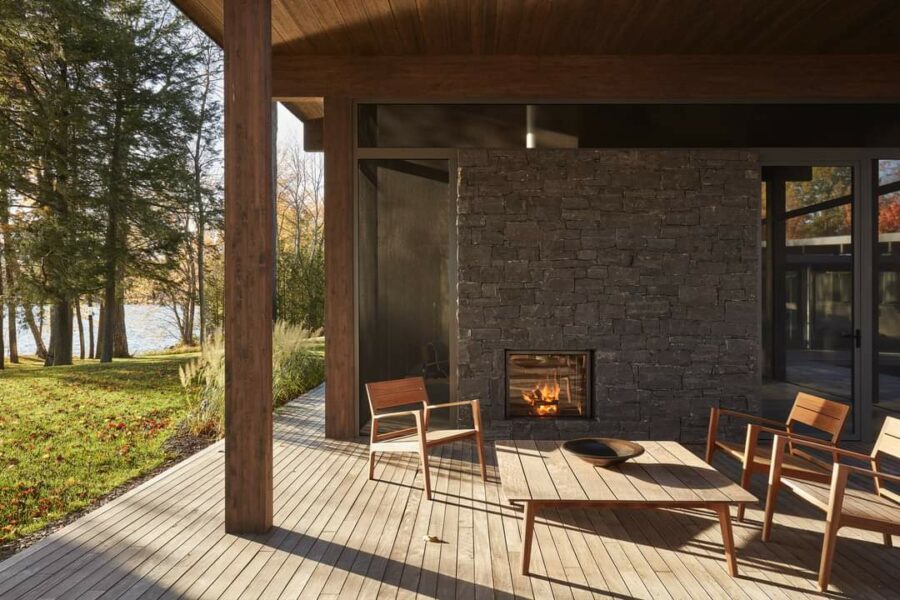Black Pearl Project Management: Crafting Environments for a Greener Tomorrow
In the contemporary context of escalating climate concerns, the importance of sustainable design has emerged as a paramount responsibility. Beyond being a mere trend, the integration of sustainable elements into our living and working spaces is essential for mitigating our ecological footprint and cultivating a more symbiotic relationship with our planet. Black Pearl Project Management lets us in on this insight.
A pivotal facet of sustainable design revolves around energy efficiency. Selecting appliances, lighting, and HVAC systems that adhere to energy-efficient standards constitutes a tangible step towards reducing overall energy consumption. The strategic utilization of natural light through expansive windows and skylights not only enhances the ambiance but also curtails the dependence on artificial lighting. Augmenting these measures with renewable energy sources, such as solar panels and wind turbines, serves to fortify a more sustainable and resilient energy infrastructure
Material selection stands as a critical determinant in sustainable design. The preference for locally sourced and recycled materials fosters a significant reduction in the environmental impact associated with construction projects. Embracing alternatives like bamboo for flooring and furniture or opting for recycled steel and reclaimed wood in structural components, exemplifies a commitment to sustainable construction practices. Moreover, the use of eco-friendly paints, low-VOC adhesives, and non-toxic materials bolsters indoor air quality, contributing to healthier living and working environments.
Water conservation assumes paramount importance in the sustainable design paradigm. The incorporation of water-efficient fixtures and appliances, such as low-flow toilets and faucets, serves to minimize overall water consumption. Complementary strategies, such as rainwater harvesting systems and native landscaping, further underscore a commitment to judicious water use.
The integration of green spaces within and around built structures constitutes an integral facet of sustainable design. Rooftop gardens, vertical plant walls, and community gardens not only enhance aesthetic appeal but also confer a multitude of environmental benefits. These green elements actively sequester carbon dioxide, release oxygen, and cultivate habitats for local wildlife, thereby fostering a more biodiverse and resilient ecosystem.
In summation, the ongoing commitment to integrating eco-friendly elements into our spaces is an unequivocal pledge towards fostering a sustainable and resilient future. By prioritizing energy efficiency, opting for sustainable materials, conserving water, and seamlessly integrating green spaces, we engender environments that not only elevate our well-being but also honour our responsibility to preserve and protect the planet for generations to come. The embrace of sustainable design transcends aesthetic considerations; it epitomizes a conscientious endeavour to impart a positive imprint on our environment.
You might also like.
You might also like...
-
Inside Waterfall House: GLE Interiors on Curves, Craft, and Architectural Harmony

Beauty and class blend seamlessly as we step inside this inspired project by GLE Interiors at Waterfall House. In this exclusive conversation, we hear from ...
-
Christopher de Bod Designs: Colour. Creativity. Culture. The Gen Z Interior Revolution

In celebration of South Africa’s Youth Day, we take a design-forward look at the spirit of a generation that’s changing the world—and their spaces—on their ...
-
Learn the Basics of How to Plan with Purpose: Intentional Interior Design Explained

When light falls just so—casting a warm glow across the floor, illuminating a perfectly placed armchair overlooking a garden—the effect is not by chance. Nor ...
-
Embracing Autumn’s Warmth with Zest & Honey

Let’s create the perfect moment for a warm, inviting, and comforting interior. Drawing inspiration from the rich hues and textures of our unique South African ...




























